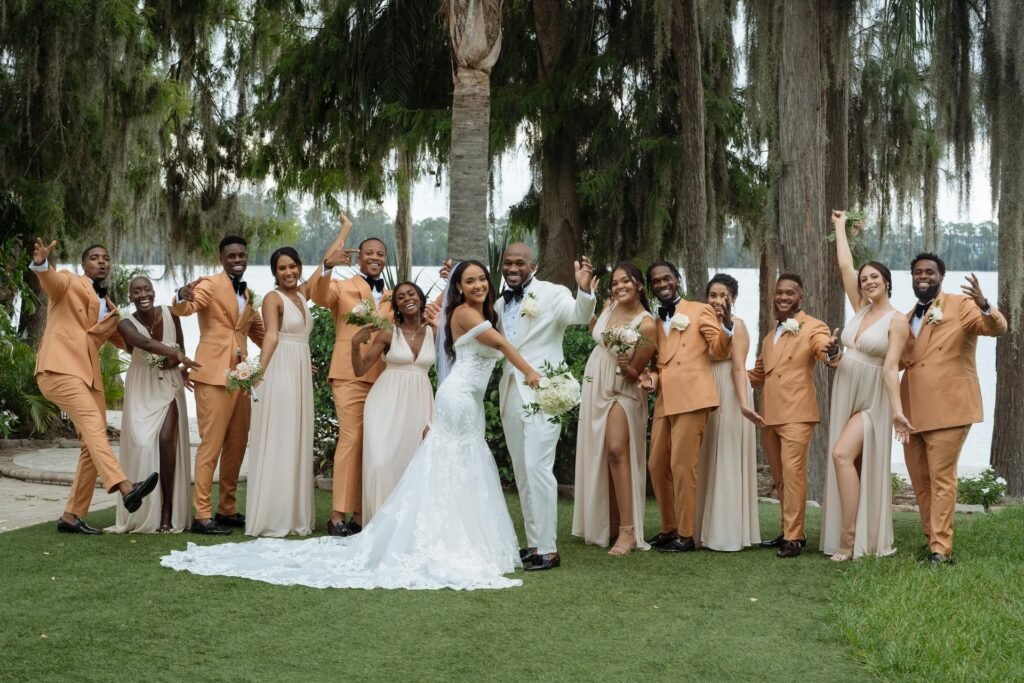
Moving to Australia to be with your partner is an exciting journey. However, understanding the visa process is essential to avoid delays. This guide explains each step clearly so you can apply with confidence.
Understanding the Australian Marriage Visa
Australia offers two main visa options for partners:
Prospective Marriage Visa (Subclass 300) – This visa allows a fiancé(e) of an Australian citizen, permanent resident, or eligible New Zealand citizen to enter Australia and get married. After the wedding, you can apply for a Partner Visa.
Partner Visa (Subclasses 820 and 801) – Married or de facto partners can apply for this visa. The Subclass 820 visa is temporary and leads to the permanent Subclass 801 visa after meeting certain conditions.
Step-by-Step Application Process
Step 1: Check Your Eligibility
Before you apply, make sure you meet these requirements:
Your relationship must be genuine and ongoing.
Both you and your partner must be at least 18 years old.
You must meet health and character requirements, including medical exams and police checks.
Step 2: Gather the Required Documents
Having all your documents ready will make the process smoother. You need:
Identity Proof – Passport, birth certificate, and national ID.
Relationship Evidence – Joint bank statements, lease agreements, and photos.
Health and Character Documents – Medical test results and police clearance certificates.
Step 3: Fill Out the Application Forms
Each visa type has different forms:
For the Prospective Marriage Visa (Subclass 300), submit Form 47SP (application for migration) and Form 40SP (sponsorship form).
For the Partner Visa (Subclasses 820 and 801), complete similar forms designed for this visa.
Step 4: Pay the Visa Fee
You must pay the required visa fee online when submitting your application. The cost varies based on the visa type and location of your application.
Step 5: Submit Your Application
Most applications are lodged online through the Department of Home Affairs’ ImmiAccount. However, some applicants may send their forms by mail. Before submitting, double-check all documents to avoid delays.
Step 6: Complete Health and Biometrics Checks
After applying, you must complete a health examination and provide biometric data. Completing these steps quickly can speed up the process.
Step 7: Wait for Processing and the Decision
Processing times depend on the number of applications and your case’s complexity. Checking the latest processing times on the immigration website can help you plan accordingly.
Recent Trends and Statistics
Understanding the latest migration trends helps you stay informed:
In 2020/2021, 72,376 partner visas were granted.
Between July and December 2023, temporary partner visa approvals increased by 54% compared to the previous year.
In 2023-24, net overseas migration reached 446,000, slightly lower than 536,000 in the previous year.
Expert Advice
Migration experts highlight two key points for applicants:
Provide Clear Documentation – Well-organized and complete documents improve your chances of approval.
Seek Professional Help if Needed – A registered migration agent can guide you through complex cases.
Future Predictions
Australian immigration policies continue to change. Here’s what to expect:
Possible Policy Changes – The government may introduce new partner visa rules. Keeping up with updates is important.
Faster Processing Times – Authorities aim to reduce visa backlogs, which could shorten waiting periods.
Conclusion
Applying for an Australian marriage visa requires careful planning. By following this step-by-step guide and preparing all documents in advance, you can improve your chances of success. Staying informed about immigration trends will also help you navigate the process more smoothly. With the right approach, you can look forward to building a future with your partner in Australia.

+ There are no comments
Add yours